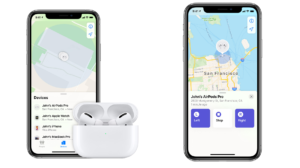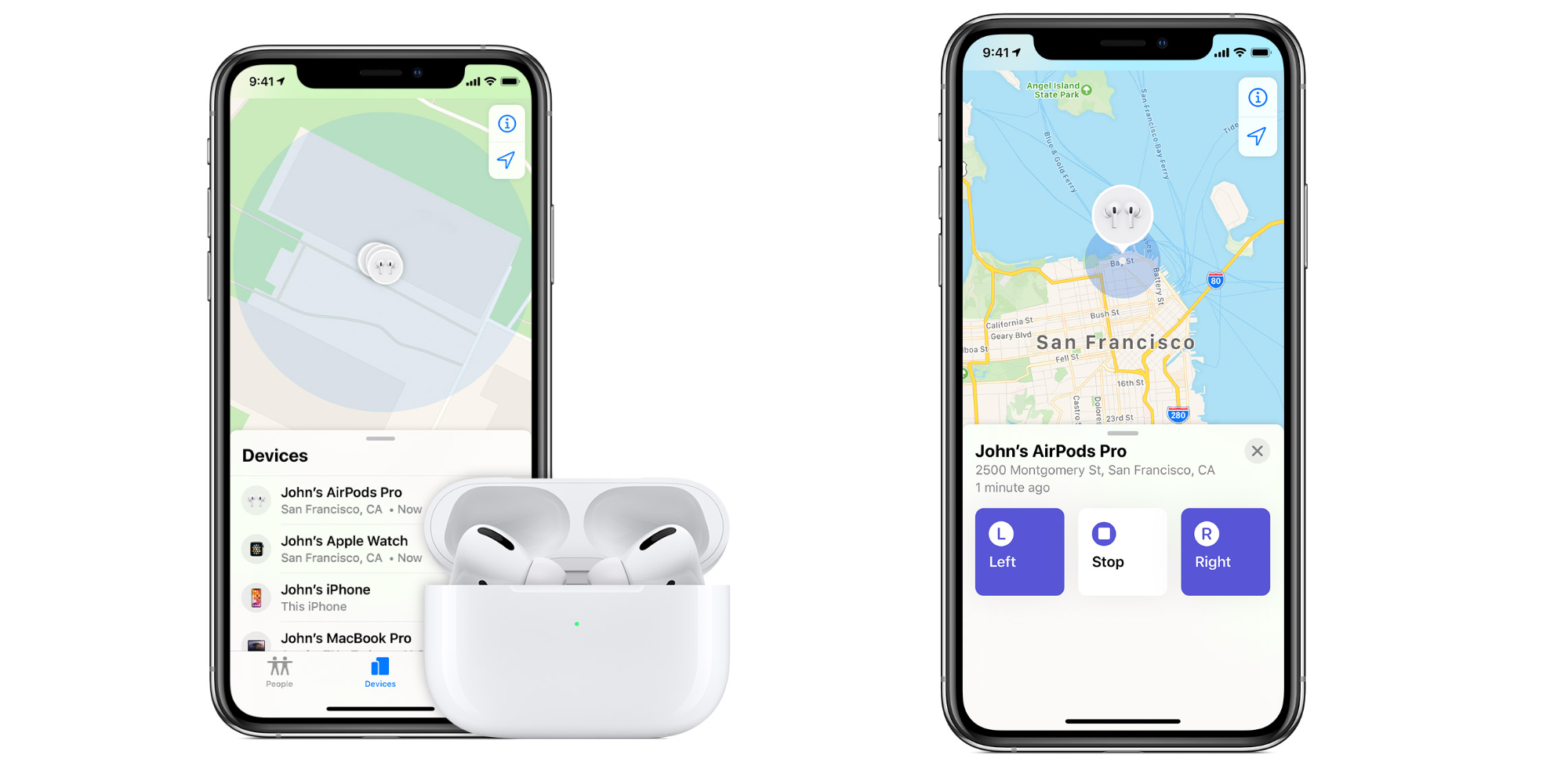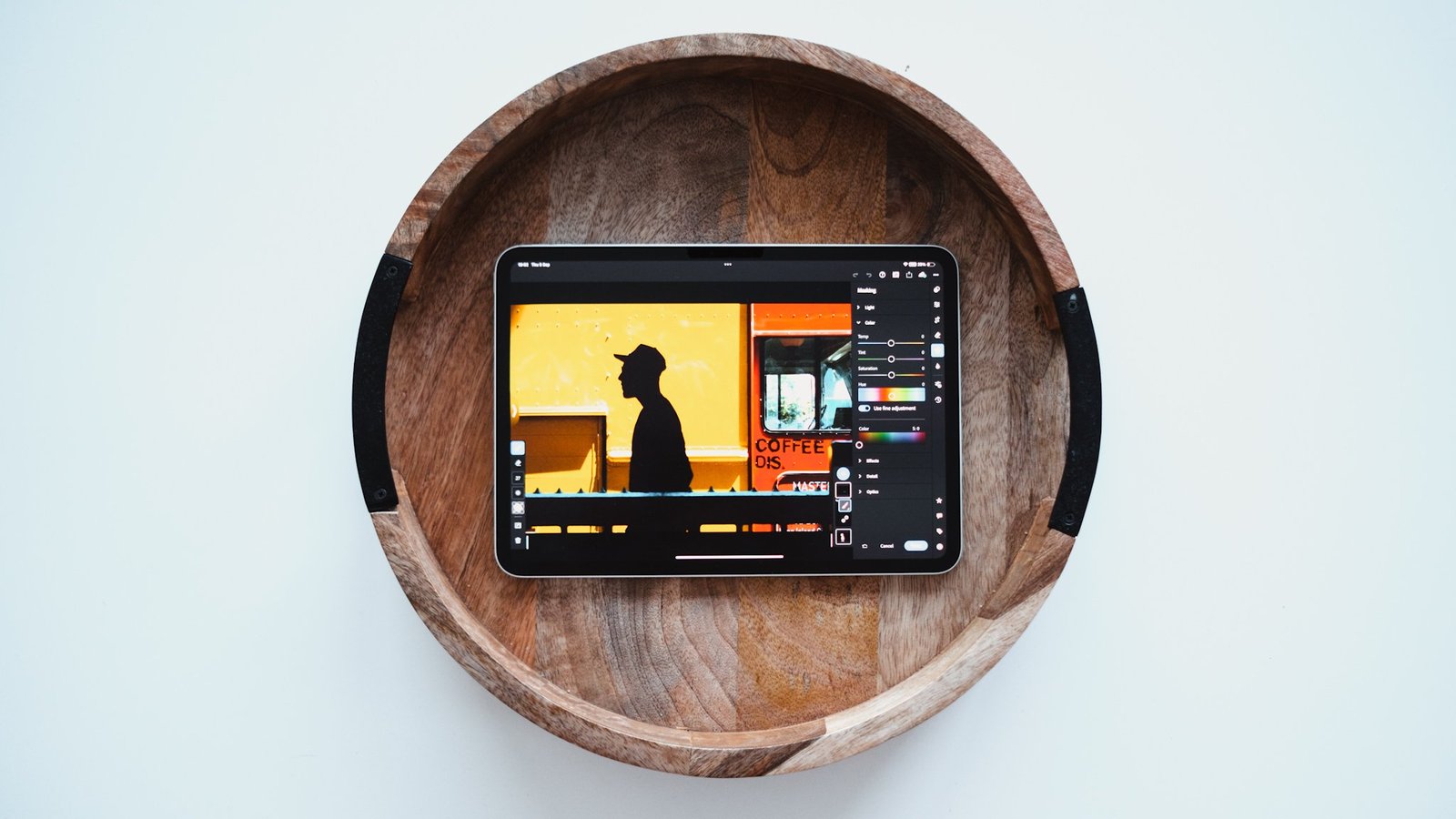In recent years, the digital landscape has seen a surge in the development and implementation of AI-powered tools. Among the frontrunners in this technological race is Google, which has consistently pushed the boundaries of what’s possible with artificial intelligence. Their latest offering, the “Assistant with Bard,” is a testament to this relentless pursuit of innovation.
Key Highlights:
- Google introduces “Assistant with Bard,” a fusion of Google Assistant’s capabilities with generative AI.
- The new assistant aims to offer a more intuitive, intelligent, and personalized user experience.
- Users can interact with it through text, voice, or images.
- Integration with Google services like Gmail and Docs for a seamless experience.
- A unique feature allows users to overlay the assistant on images, providing contextually relevant assistance.
A Step Towards Personalized Assistance:
Over the past seven years, Google Assistant has become an integral part of the lives of hundreds of millions of users worldwide. From setting alarms and checking the weather to making quick calls, the “Hey Google” command has become synonymous with convenience. However, Google believes there’s room for improvement. With the advent of generative AI, there’s potential to create a digital assistant that’s not just reactive but also proactive, understanding user needs and preferences to offer truly personalized assistance.
Assistant with Bard: The Best of Both Worlds
Unveiled at the “Made by Google” event, the “Assistant with Bard” is a groundbreaking tool powered by generative AI. It marries the generative and reasoning capabilities of Bard with the personalized assistance that Google Assistant is known for. Whether you’re interacting through text, voice, or even images, this new assistant promises a level of interactivity and understanding previously unseen in digital assistants.
For instance, imagine taking a photo of a scenic view during your travels. With the Assistant with Bard overlay, you can simply ask it to draft a social media post for you. Using the image as a visual cue, the assistant will understand the context and craft a post that captures the essence of the moment.
Integration with Google Services:
One of the standout features of the Assistant with Bard is its deep integration with existing Google services. Whether you’re sifting through emails in Gmail or drafting a document in Google Docs, the assistant is designed to make the process smoother and more intuitive. It’s not just about answering questions; it’s about anticipating needs and offering solutions in real-time.
Privacy at the Forefront:
In today’s digital age, privacy concerns are paramount. Google emphasizes that both Bard and Assistant are designed with user privacy in mind. Users have the autonomy to choose their individual privacy settings, ensuring a balance between convenience and security.
An Ongoing Experiment:
It’s worth noting that the Assistant with Bard is still in its early stages. Google plans to roll it out to a select group of testers to gather feedback before making it available to the broader public. This iterative approach underscores Google’s commitment to refining and perfecting the user experience.
Summary:
Google’s “Assistant with Bard” represents a significant leap in the realm of digital assistants. By harnessing the power of generative AI and integrating it with the tried-and-tested capabilities of Google Assistant, Google aims to offer a tool that’s not just functional but also deeply personalized. As the lines between technology and daily life continue to blur, innovations like these are set to redefine our interactions with the digital world.
















